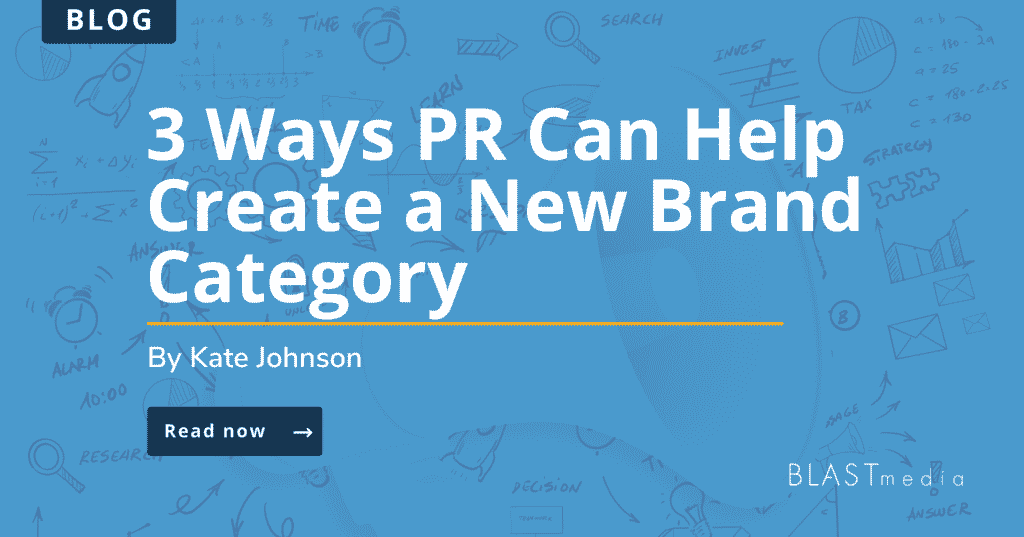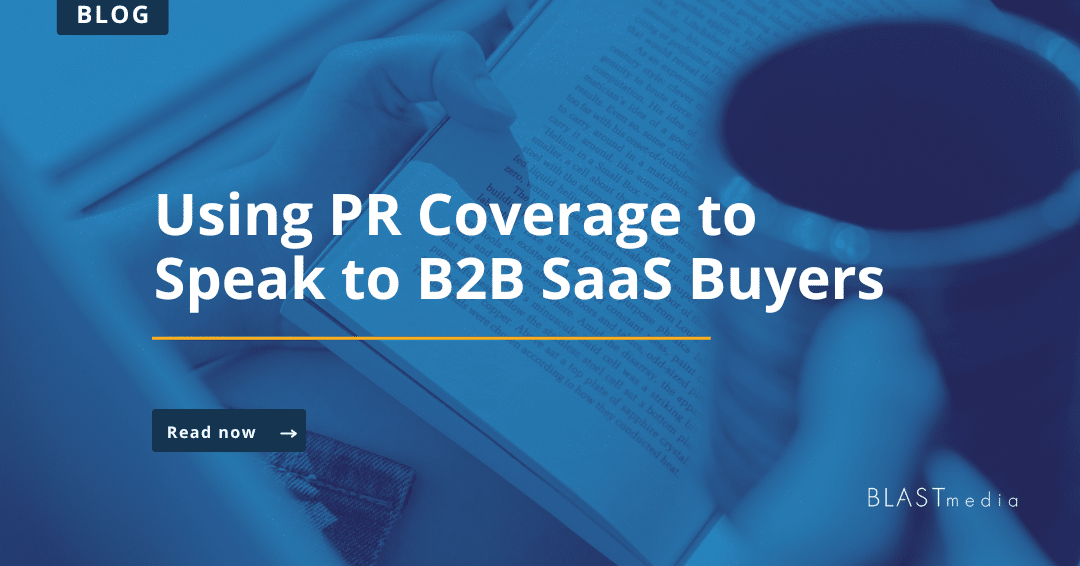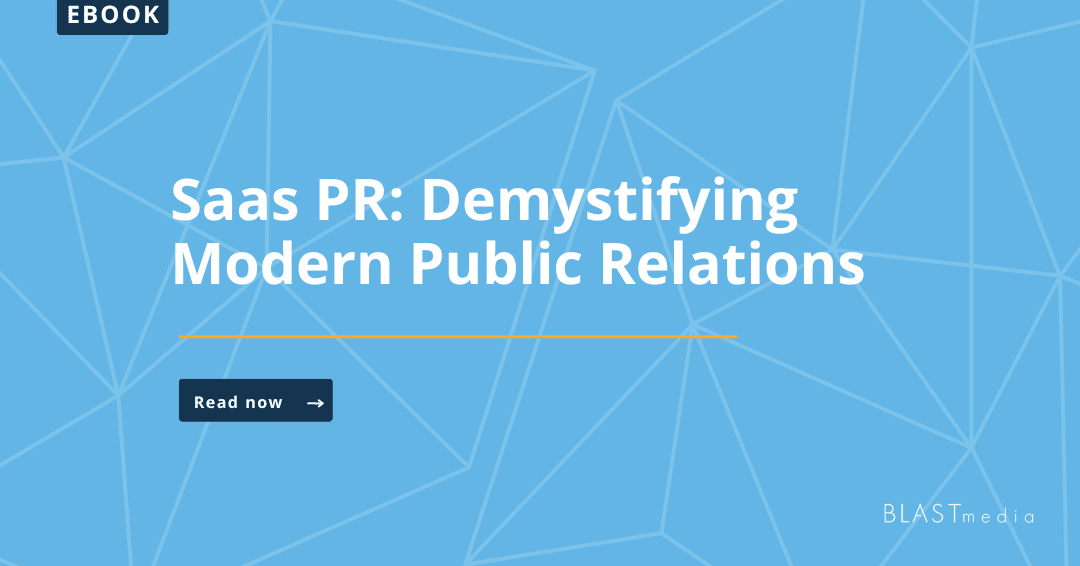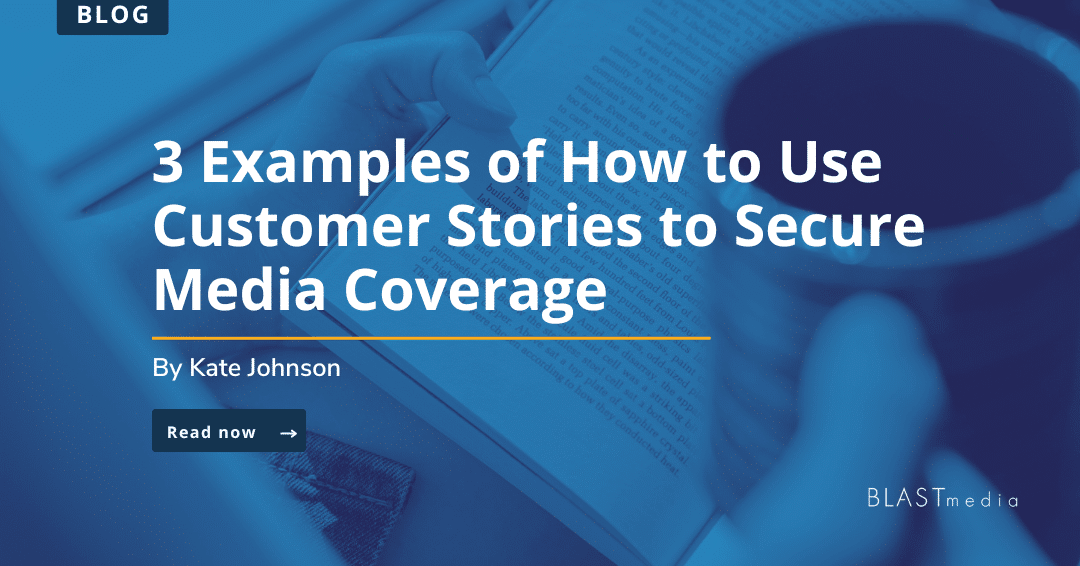
Creating a new brand category is tricky. It often takes years to develop messaging that resonates and requires a significant marketing investment to drive awareness and, typically, an analyst relationship to provide third-party validation.
It’s a long, expensive road, but some have found success. HubSpot and Google are great examples of brands that created a new product category in SaaS. Being the first to solve unaddressed industry issues by introducing B2B marketing automation to replace manual tasks has its perks. HubSpot and Google are both now household names.
But what many marketers don’t know is there’s a less expensive way to make headway in category creation: a comprehensive PR strategy. Pushing messaging through thought leadership and company news generates much-needed brand awareness associated with the new product category without significant marketing dollars backing it up.
Here are a few ways PR can help create a new brand category.
Use a bold statement
Early in our relationships with SaaS brands, we always ask one key question, “Are you willing to make a bold statement?” Many marketers and business leaders shy away from this question, or we get an immediate “no.” However, there’s something to be said for the use of bold statements when developing a new brand category.
“It’s time to abandon business intelligence tools.” That’s a pretty bold statement, especially when you’re technically calling out major BI brands like Looker and Tableau, who carry significant market share. But this headline in Extra Crunch packed a considerable punch for Logi Analytics.
The piece drove significant brand awareness through thought leadership, generating 292 sessions on the company website in just a couple of weeks. Thought leadership is a powerful brand awareness driver and carries extra weight if effectively combined with company news.
Leverage company news or data
Analysts often provide a sense of third-party validation when creating a new brand category because they offer insight and data points from other industry players. However, pushing relevant company news or owned data as a PR campaign alongside thought leadership is another way to build credibility.
For example, if you’re announcing a new product that fits into the new category and offers superior capabilities to players in another commonly used space, share success metrics in a press release or comparative data from internal research. Please don’t hang your hat strictly on opinions; back it up with hard metrics that show success rates or disparities in what’s in the current market.
Take the opening line of the extra crunch piece as an example. “Organizations spend ungodly amounts of money — millions of dollars — on business intelligence (BI) tools. Yet, adoption rates are still below 30%.” This data point showcased a major disparity between what’s available and what enterprises want.
Calling out disparities or comparisons to other brands in a release or thought leadership also doesn’t mean you have to slam a competitor. In fact, you can leave a company name out of it altogether and instead call out the pitfalls of their entire existing product category.
Go after the category, not a competitor
Deploying PR to create a new brand category does involve bold statements, data points and company news. Still, it doesn’t mean you have to talk negatively about competitors or other brands. If you read the Extra Crunch article linked above, you’ll notice the piece goes after the entire category of business intelligence, not specific companies. For example, the piece calls out the inefficiencies, lack of value and expense associated with traditional BI without naming a specific brand.
Whether you’re a well-established category leader or start-up looking to make an impact, the use of PR when establishing a new brand category is valuable — especially when you make a bold statement, package thought leadership with company news and go after an entire existing category rather than a competitor.
Are you looking for an experienced team to help you develop your PR strategy? Contact us to learn more about our SaaS PR agency.




